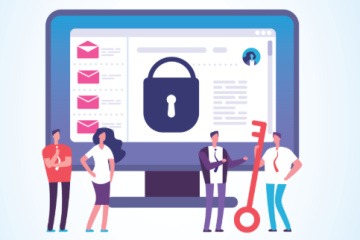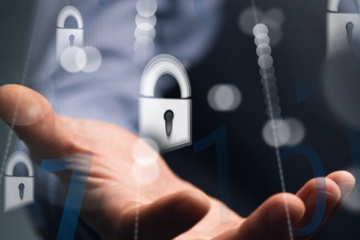How to Spot a Phishing Email: 9 Red Flags to Watch For

Phishing scams have become increasingly sophisticated, and it’s easier than ever to fall victim to them. Whether it’s an email from what seems like your boss asking for sensitive information or an urgent request from your bank, these attacks can seem legitimate at first glance. To help you stay safe, here are nine common warning signs to watch for when evaluating an email’s authenticity.
What Is Phishing?
Phishing is a type of cyberattack where criminals attempt to steal sensitive information by impersonating a trusted source. Their tactics include:
-
Creating urgency or fear to trick recipients into providing login credentials.
-
Requesting personal data such as passwords, social security numbers, or credit card information through deceptive links or attachments.
-
Including links or files that contain malicious software, which could harm your device.
These emails often look strikingly similar to official communications from banks, companies, or even colleagues, making it essential to be vigilant and recognize the signs of a phishing attempt.
What Happens If I Interact with a Malicious Email?
Clicking on a link or downloading an attachment from a phishing email can have serious consequences. Malware could infiltrate your system, leading to identity theft, financial losses, or data breaches. Always be cautious, especially when an email comes from an unknown or suspicious source.
9 Warning Signs of a Phishing Email
Recognizing a phishing attempt starts with knowing what to look for. Here are nine red flags to help you identify suspicious emails:
-
Unusual Sender Address
Phishing emails often come from addresses that are either unfamiliar or slightly altered, sometimes containing random letters and numbers. If the domain or address seems off, it’s worth questioning the authenticity of the message. -
Generic Greetings
Many phishing emails use vague greetings like “Dear Customer” or “Hello” instead of addressing you by name. If you don’t see your name in the greeting, it’s a good indicator that the email may not be legitimate. -
Sense of Urgency or Fear
Scammers often try to rush you into action by creating urgency, such as claiming your account will be locked or compromised. If an email pushes you to act quickly, take a moment to verify the information before responding. -
Too Good to Be True Offers
Phishing emails often include offers that seem too good to be true, like huge discounts or free giveaways. If an offer sounds overly generous or unrealistic, it’s likely a phishing attempt. -
Poor Grammar and Spelling
Legitimate emails from reputable companies are carefully proofread, so errors in grammar or spelling can be a sign of a phishing scam. Pay close attention to these details when evaluating an email. -
Requests for Personal Information
Trusted organizations will never ask for sensitive details like passwords, credit card numbers, or social security numbers via email. If an email asks for this type of information, it’s almost certainly a phishing attempt. -
Suspicious Links or Attachments
Be cautious of emails with links or attachments that you weren’t expecting. Clicking on them can lead to malware infections or compromise your personal data. -
Unusual Requests for Action
If you receive an email from someone you know, but they ask you to do something unusual, verify the request before taking any action. It’s possible their email account has been compromised and used for phishing. -
Generic Signature
Emails from legitimate companies typically include a personalized signature with the sender’s name and contact details. A generic or missing signature is a red flag that the email may not be trustworthy.
How to Protect Yourself from Email Scams
By recognizing the signs of phishing, you can take steps to protect yourself. Here are some tips to minimize your risk:
-
Avoid clicking on links or downloading attachments from unfamiliar sources.
-
Keep your antivirus and antimalware software updated.
-
Use email filtering and security tools to identify potential threats.
-
Be skeptical and verify any suspicious emails with the sender directly.
-
Enable multi-factor authentication (MFA) for added account security.
-
Educate yourself and others on phishing tactics to stay aware.
-
Report any suspicious emails to your IT or security team immediately.
Staying alert and informed can help you avoid falling victim to phishing attacks and protect your sensitive information from malicious actors.









